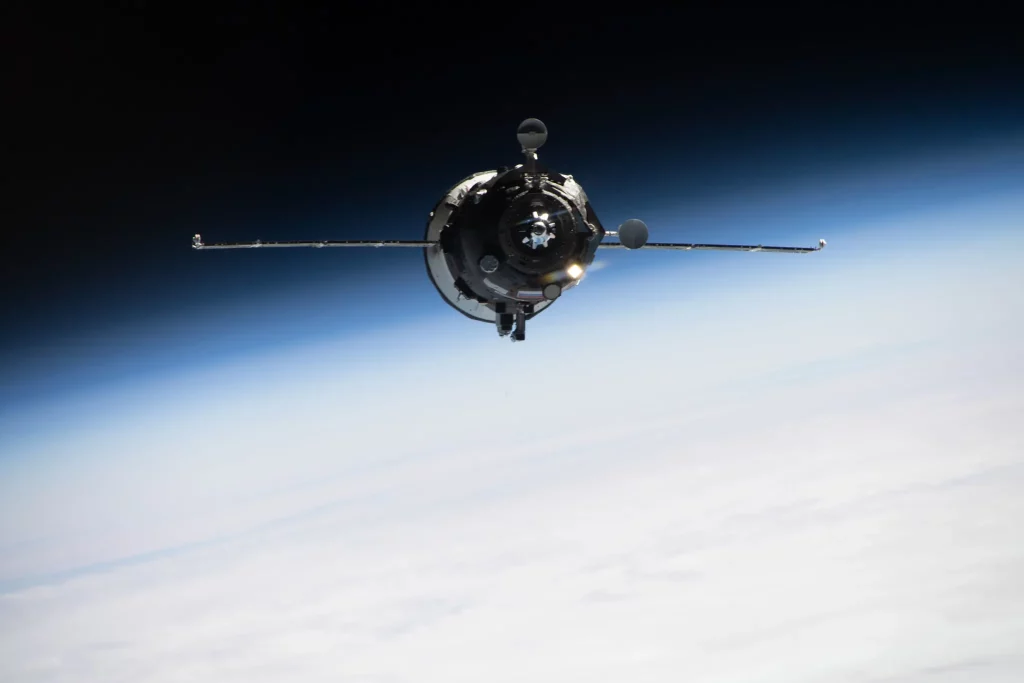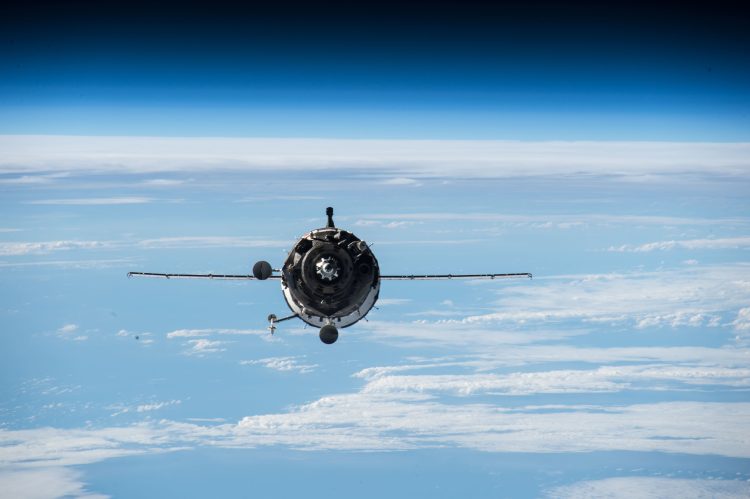Introduction
NASA is poised to deliver extensive coverage of the upcoming launch and docking of Progress 89, a vital mission for the International Space Station (ISS). As part of its ongoing commitment to providing real-time updates and insights into space exploration, NASA will offer detailed live coverage and in-depth analysis of this critical supply mission. This article delves into the significance of the Progress 89 mission, the intricacies of its launch and docking procedures, and the broader implications for ISS operations and international space collaboration.
Overview of Progress 89 Mission
Progress 89 is part of the long-standing Progress spacecraft series, which has been instrumental in supporting the ISS by delivering cargo, scientific experiments, and essential supplies. The Progress spacecraft, designed and manufactured by the Russian space agency Roscosmos, plays a crucial role in ensuring the continuous operation and sustainability of the ISS.
Mission Objectives
The primary objectives of Progress 89 include:
- Cargo Delivery: Progress 89 will transport a variety of supplies to the ISS, including food, water, and scientific equipment. This cargo is essential for maintaining the daily operations of the station and supporting the crew’s well-being.
- Scientific Experiments: The spacecraft will deliver scientific experiments and materials necessary for ongoing research aboard the ISS. These experiments span various fields, including biology, physics, and materials science, contributing to our understanding of fundamental processes in space.
- Station Maintenance: In addition to routine supplies, Progress 89 will carry equipment for the maintenance and repair of the ISS. This ensures that the station remains in optimal condition and can continue to serve as a hub for scientific research and international cooperation.
Launch and Docking Procedures
The launch and docking of Progress 89 involve a series of meticulously coordinated steps to ensure a successful mission. NASA’s coverage will provide a detailed look at each phase of the mission, highlighting the precision and complexity involved.
1. Pre-Launch Preparations
Prior to launch, the Progress 89 spacecraft undergoes extensive testing and integration processes. Engineers and technicians at the Baikonur Cosmodrome in Kazakhstan work to ensure that all systems are functioning correctly and that the spacecraft is fully prepared for the mission. Key pre-launch activities include:
- Final Assembly: The spacecraft is assembled and integrated with its launch vehicle, the Soyuz rocket. This includes loading cargo and ensuring that all systems are properly connected.
- Testing: Comprehensive testing is conducted to verify the spacecraft’s performance, including checks of its communication systems, propulsion, and life-support equipment.
- Countdown Procedures: A series of countdown procedures are followed to prepare the spacecraft and launch vehicle for liftoff. These procedures involve fueling the rocket, conducting final system checks, and ensuring that all safety protocols are in place.
2. Launch
The launch of Progress 89 is a critical phase of the mission. The spacecraft is launched aboard a Soyuz rocket from the Baikonur Cosmodrome. NASA’s live coverage will capture the launch sequence, including:
- Liftoff: The Soyuz rocket’s engines ignite, propelling the Progress 89 spacecraft into space. This phase includes the rocket’s ascent through the atmosphere and its transition to orbit.
- Stage Separations: The Soyuz rocket has multiple stages that separate at different points during ascent. Each separation is a crucial milestone, ensuring that the rocket’s stages are properly jettisoned and that the spacecraft continues its journey to the ISS.
- Orbit Insertion: Once in orbit, the Progress 89 spacecraft will initiate its journey toward the ISS. This phase involves precise orbital adjustments to align the spacecraft with the station’s docking port.
3. Docking
The docking of Progress 89 with the ISS is a highly coordinated process involving both automated and manual procedures. NASA’s coverage will provide real-time updates on the docking sequence, including:
- Approach: The spacecraft approaches the ISS at a carefully calculated trajectory. This involves a series of thruster burns to fine-tune its position and speed.
- Automated Systems: Progress 89 is equipped with automated docking systems that guide it to the docking port. These systems ensure a precise and secure connection with the ISS.
- Docking Confirmation: Once docked, engineers and mission controllers confirm the successful attachment of the spacecraft. This involves verifying that all docking latches are engaged and that the spacecraft is securely connected to the station.

Live Coverage and Media Access
NASA’s coverage of the Progress 89 mission will include a range of media formats to provide comprehensive information to the public. The live coverage will feature:
- Live Broadcasts: NASA will stream live broadcasts of the launch and docking events on its official website and through various media channels. This allows viewers to witness the mission in real-time.
- Expert Commentary: NASA experts will provide detailed commentary and analysis throughout the coverage. This includes explanations of key phases of the mission, insights into the spacecraft’s systems, and updates on any developments.
- Mission Updates: Regular updates will be posted on NASA’s website and social media channels. These updates will include photos, videos, and status reports on the Progress 89 mission.
- Interactive Features: NASA’s online platforms will feature interactive elements, such as live tracking maps and spacecraft status displays. These tools provide viewers with a detailed view of the mission’s progress.
Importance of the Progress 89 Mission
The Progress 89 mission is a testament to the ongoing collaboration and technological advancements in space exploration. Its successful execution is crucial for several reasons:
1. Supporting ISS Operations
The ISS serves as a unique laboratory for scientific research and international cooperation. The supplies and equipment delivered by Progress 89 are essential for maintaining the station’s operations and ensuring that the crew can continue their research activities.
2. Advancing Scientific Research
The scientific experiments transported by Progress 89 contribute to our understanding of various phenomena in space. These experiments have the potential to lead to new discoveries and advancements in fields such as medicine, materials science, and fundamental physics.
3. International Collaboration
The Progress 89 mission exemplifies the collaborative nature of space exploration. The partnership between NASA, Roscosmos, and other international space agencies highlights the global commitment to advancing space science and technology.
Future Missions and Developments
The Progress 89 mission is part of a broader series of space exploration efforts aimed at enhancing our capabilities and knowledge in space. Future missions will continue to build on the successes of previous missions and explore new frontiers in space science.
1. Upcoming Spacecraft Launches
Following Progress 89, several other spacecraft are scheduled for launch, including both crewed and uncrewed missions. These missions will focus on various objectives, such as scientific research, technology demonstrations, and exploration of new destinations.
2. Technological Innovations
Advancements in spacecraft technology are continuously evolving, with new innovations aimed at improving performance, reliability, and efficiency. Future missions will incorporate these advancements to enhance space exploration capabilities.
3. Expanding International Partnerships
As space exploration becomes increasingly global, international partnerships will play a crucial role in achieving new milestones. Collaborative efforts between space agencies will drive innovation and foster cooperation in the pursuit of common goals.
Conclusion
NASA’s comprehensive coverage of the Progress 89 launch and docking represents a significant opportunity for the public to engage with and understand the complexities of space exploration. Through detailed live broadcasts, expert commentary, and interactive features, NASA aims to provide a thorough and engaging experience for viewers.
The Progress 89 mission underscores the importance of continuous support for the International Space Station and highlights the collaborative efforts that drive advancements in space science and technology. As we look to the future, the success of this mission will contribute to our ongoing exploration of space and our quest for new knowledge.


















































Discussion about this post